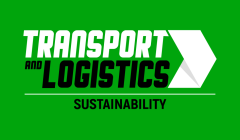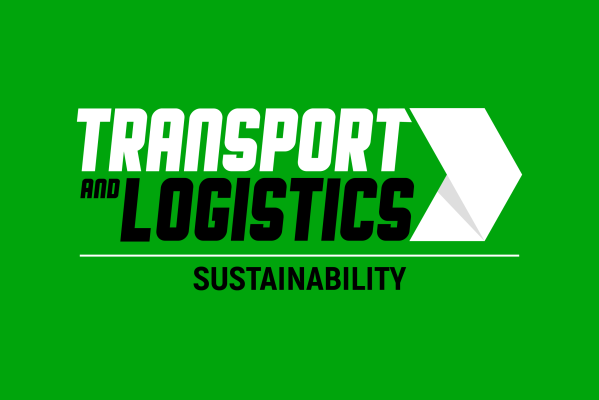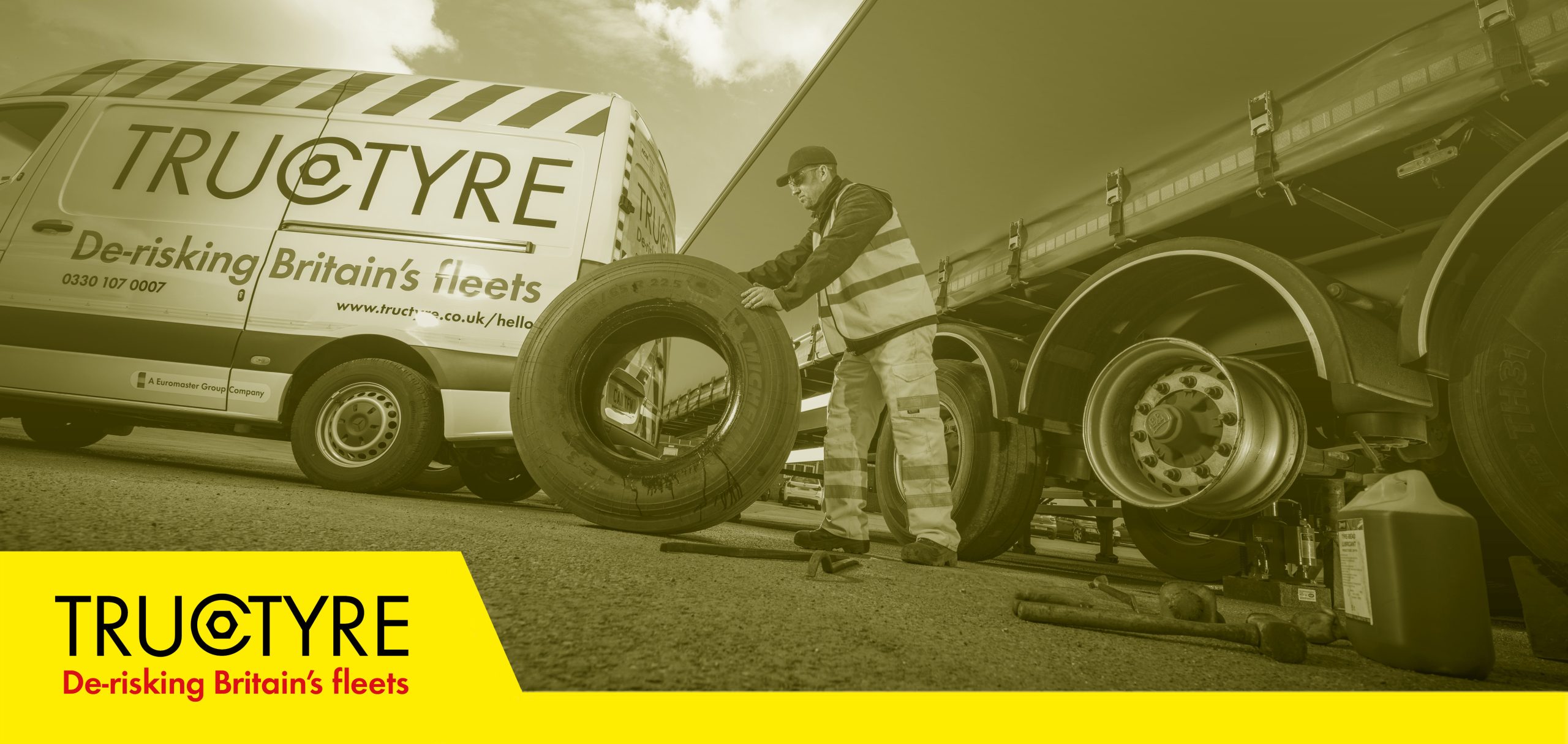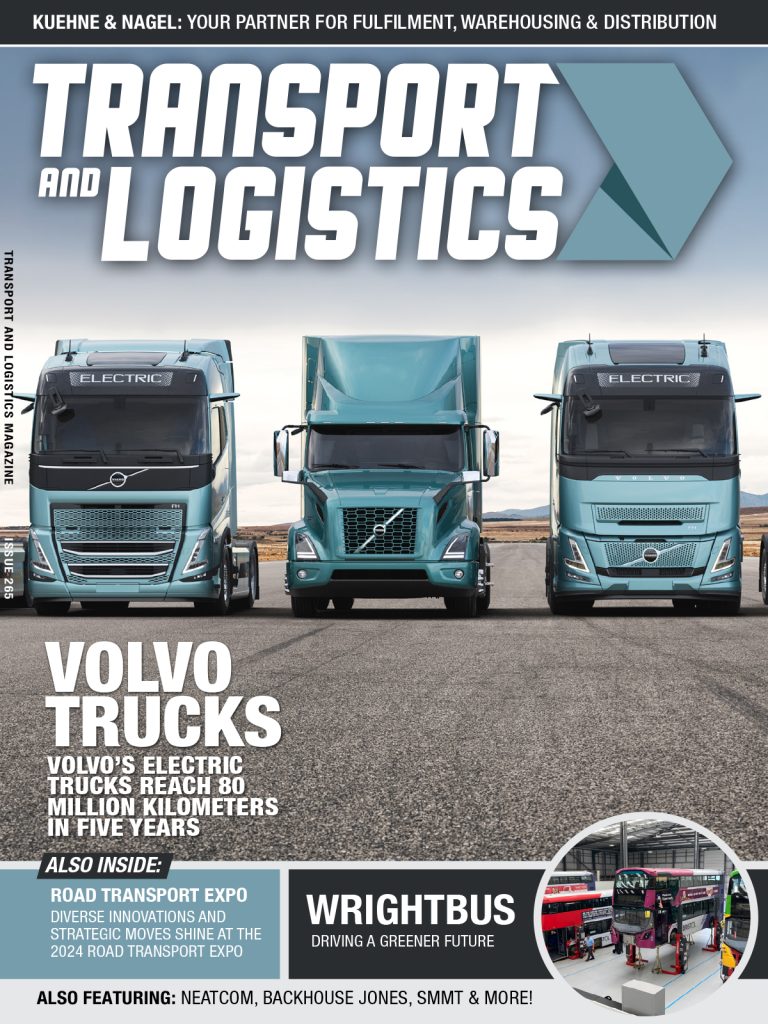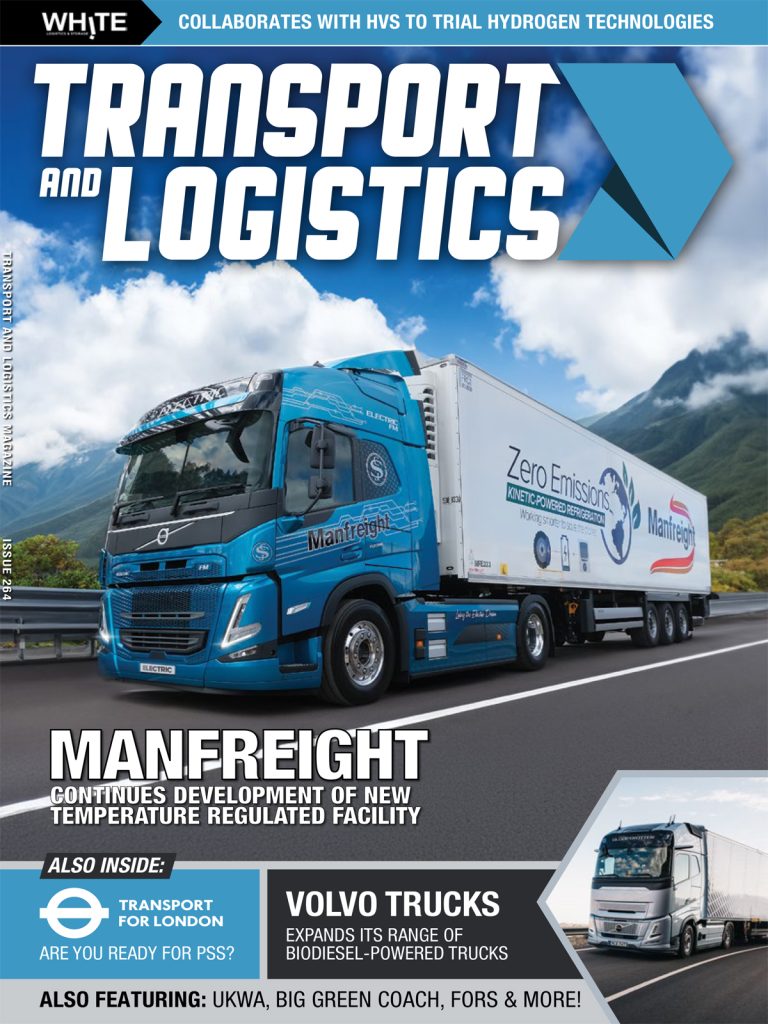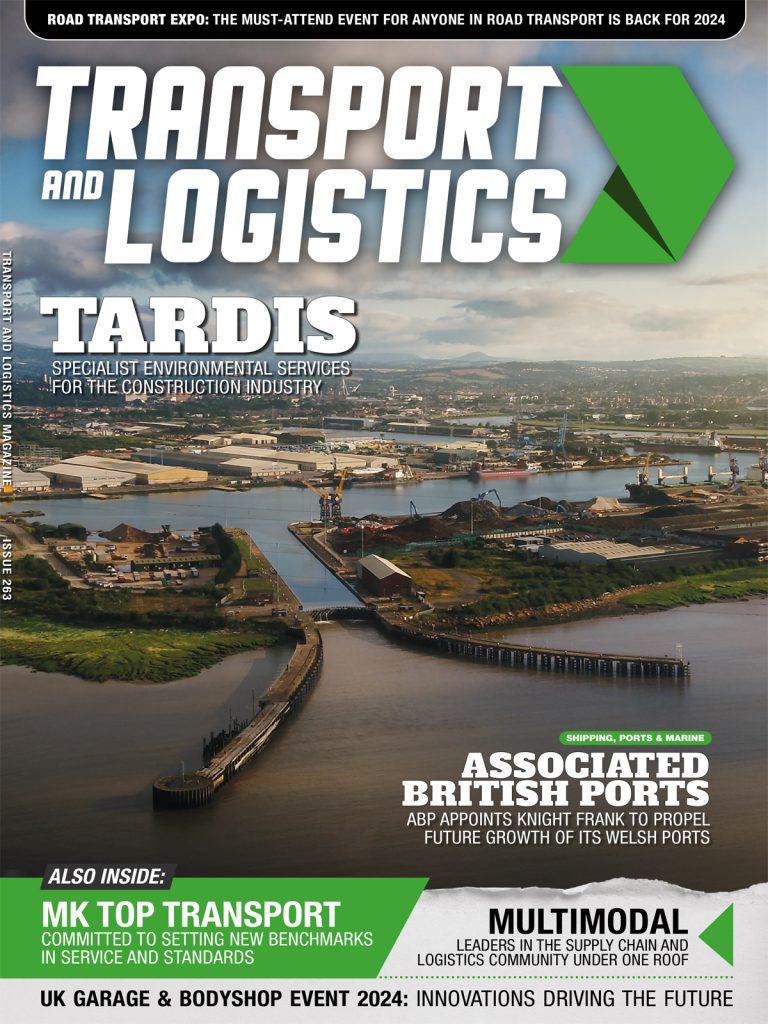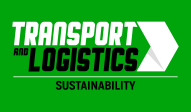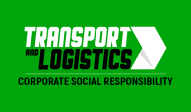According to Tructyre, pro-active tyre maintenance is at the heart of any good tyre management system and will identify the precise time when life-extending and safety enhancing services should be deployed.
Tyre inspections protect the fleet from downtime and poor tyre life, and can reduce vehicle emissions, lessen the chance of wheel damage, and prevent costly mission failures.
Hireco, who operate a fleet of over 7000 vehicles nationwide, were looking to improve their service levels and reduce the number of breakdowns and emergency call outs.
Lee Johnson, Customer and Supplier Manager at Hireco, told us: “We implemented a pro-active maintenance program for our fleet, and selected Tructyre because of their national coverage, consistency, quality of service, and pro-active maintenance program.”
Lee continued: “The tyre maintenance program has reduced our customer complaints. Long term, we are confident that we are running a safe and more efficient fleet, fitting less tyres, and having fewer breakdowns. In addition, the fleet inspections and service work have extended the life of our tyres and ensure we remain fully compliant.”
Tructyre’s professional inspection of fleet tyres informs the correct course of action to be taken in the interests of the operator’s tyre policy, uptime, budget, compliance, and safety. A tyre inspection can uncover many small, seemingly inconsequential defects that, if left unchecked, can have big economic or safety consequences.
The inspection, amongst other things, will establish;
- Is there sufficient tread left on the tyre to safely operate the vehicle in all weather conditions?
- Is it the right time to remove, retread, or regroove?
- Are there any cuts or splits, cracks or bulges?
- Is there dangerously asymmetric wear?
While the visual condition of a tyre can be assessed by the trained eye, tyre pressure can never be correctly measured by a visual check. Tyres only wear correctly and operate safely when inflated to the correct pressure. If the tyres aren’t safe, the vehicle isn’t safe.
Whether the fleet is operating trucks and trailers or buses and coaches, the core risks are similar and well established – safety and economic. Two sides of the same coin.
The question is, has your operation done all it can to de-risk the fleet?
Transport and Logistics Magazine | The Home of Transport Industry News
